- Owings Mills: (443) 394-9222
- Marriottsville: (443) 545-5566
Menu
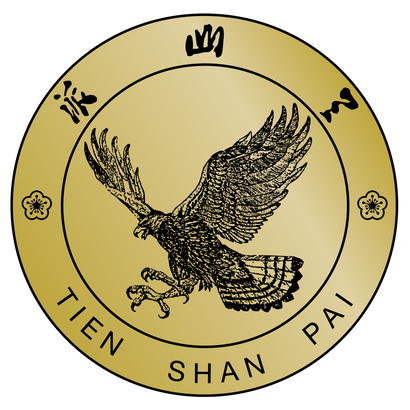
What Martial Art Does the Military Use?
December 14, 2023 5 min read

Martial arts have long been associated with military training and combat readiness. The military's use of martial arts goes back centuries, and it continues to play a crucial role in the training and preparation of soldiers around the world. In this article, we will explore the various martial arts Owings Mills that the military uses, their significance, and how they contribute to the overall effectiveness of military personnel.
The Historical Connection Between Martial Arts and the Military
Martial arts and the military have a deep historical connection that dates back to ancient times. The origins of this connection can be traced to the need for combat training and the development of fighting skills for soldiers. In ancient China, for example, martial arts like Kung Fu and Tai Chi were used to train soldiers for battle, imparting not only physical prowess but also discipline, focus, and mental fortitude.
Similarly, in Japan, the samurai warriors were well-versed in martial arts, such as Judo, Kenjutsu (swordsmanship), and Aikido. These martial arts were not only used for combat but also as a means of self-improvement and personal development, qualities highly valued in the military.
Modern Military Martial Arts
In contemporary times, the military has continued to incorporate martial arts into its training programs. However, the specific martial arts disciplines employed can vary from one military branch to another and from one country to another. Here are some of the martial arts commonly used by modern military forces:
1. Krav Maga: Israel's Military Martial Art
Krav Maga, developed in Israel, is a martial art known for its practicality and effectiveness in real-world combat situations. It was originally developed for the Israel Defense Forces (IDF) and is now taught to military and law enforcement personnel worldwide. Krav Maga focuses on quick, efficient, and brutal techniques designed to neutralize threats swiftly. It includes techniques for hand-to-hand combat, weapon disarms, and defense against multiple attackers, making it a valuable martial art for military personnel operating in high-risk environments.
2. Brazilian Jiu-Jitsu (BJJ): Ground Combat Excellence
Brazilian Jiu-Jitsu, often referred to as BJJ, is a martial art that emphasizes ground combat and submission holds. While it might seem less relevant to military operations at first glance, BJJ's focus on grappling, control, and submission techniques can be invaluable in situations where soldiers may find themselves in close-quarters combat or need to subdue an opponent without causing lethal harm. BJJ has been adopted by various military units for its effectiveness in controlling and restraining adversaries.
3. Systema: The Russian Art of Combat
Systema is a Russian martial art that has gained popularity within the Russian military and special forces. It places a strong emphasis on adaptability, stress management, and fluid movements. Systema training includes striking, grappling, knife fighting, and firearm disarming. It's recognized for its holistic approach to combat training, addressing both physical and psychological aspects of warfare.
4. Boxing and Muay Thai: Striking Proficiency
The military often incorporates boxing and Muay Thai into their training programs to improve striking skills and physical conditioning. Boxing is known for its effectiveness in hand-to-hand combat, while Muay Thai, with its focus on powerful kicks, knees, and elbows, adds diversity to a soldier's striking arsenal. Both disciplines enhance soldiers' ability to defend themselves and engage in hand-to-hand combat effectively.
5. Military Martial Arts Programs
Many countries have developed their own military martial arts programs tailored to the specific needs of their armed forces. These programs often combine elements from various martial arts to create a comprehensive combat training system. For example, the United States Marine Corps Martial Arts Program (MCMAP) integrates techniques from martial arts like Brazilian Jiu-Jitsu, Judo, Karate, and Krav Maga to provide a well-rounded combat skillset to Marines.
The Role of Martial Arts in Military Training
So, why do military forces invest time and resources in training their personnel in martial arts? The answer lies in the numerous benefits that martial arts training offers to military personnel:
1. Physical Fitness
Martial arts training improves strength, agility, endurance, and overall physical fitness. Soldiers need to be in peak physical condition to perform their duties effectively, and martial arts contribute significantly to achieving this goal.
2. Self-Defense
Military personnel may find themselves in situations where they need to defend themselves without access to weapons. Martial arts training equips them with the skills and confidence to handle such situations safely.
3. Stress Management
The mental discipline and focus required in martial arts training help soldiers manage stress and remain calm under pressure, a crucial skill in combat situations.
4. Teamwork
Many martial arts training sessions involve partner drills and sparring, fostering teamwork, trust, and camaraderie among military personnel.
5. Discipline
Martial arts instill discipline, respect for authority, and a strong work ethic, which are essential attributes in the military.
6. Adaptability
Soldiers trained in martial arts are better prepared for a wide range of combat scenarios, from hand-to-hand combat to close-quarters combat and self-defense against armed opponents.
7. Enhanced Leadership
Martial arts training often includes leadership components, teaching soldiers how to take charge, make decisions under pressure, and lead by example.
Examples of Military Units Emphasizing Martial Arts Training
Several military units worldwide place a significant emphasis on martial arts training due to its effectiveness in enhancing the capabilities of their personnel. Here are a few notable examples:
1. The United States Army Special Forces (Green Berets)
Green Berets receive extensive training in a variety of martial arts disciplines, including Brazilian Jiu-Jitsu, Boxing, and Muay Thai. This training equips them with a wide range of combat skills and the ability to adapt to diverse situations.
2. Russian Special Forces (Spetsnaz)
Russian Spetsnaz units, known for their elite status, undergo rigorous martial arts training, including Systema, to develop superior combat skills and adaptability.
3. Israeli Special Forces (Sayeret)
Israeli special forces, such as Sayeret Matkal and Shayetet 13, receive comprehensive training in Krav Maga, which plays a crucial role in their close-quarters combat tactics and self-defense capabilities.
4. The French Foreign Legion
The French Foreign Legion incorporates a unique form of close combat training into its curriculum, combining elements from various martial arts to prepare its soldiers for unconventional warfare situations.
Martial arts have been an integral part of military training for centuries, and their relevance continues to grow in modern times. The military uses various martial arts disciplines to enhance the physical and mental capabilities of its personnel, making them more effective in combat and better prepared for the challenges they may face in the field.
Whether it's Krav Maga's practicality, BJJ's ground combat expertise, or the adaptability of Systema, martial arts provide a powerful tool to ensure readiness and physical effectiveness in people from all walks of life. Visit https://uskuoshu.com/ to explore how you can reach your full potential through Owings Mills martial arts.
What Others Say About us!
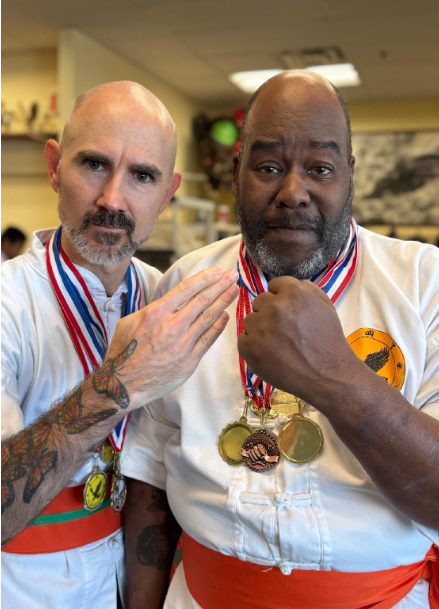
One of the Finest Chinese Martial Arts Schools in the Country
Some of the best competitors and teachers that I've ever met come from this fine school. It has a tradition of excellence in all they do. Grandmaster Huang, Chien-Liang and the US Kuo Shu Academy build champions with integrity.
Nelson Ferriera
Master Instructor for Zhong Yi Kung Fu Association
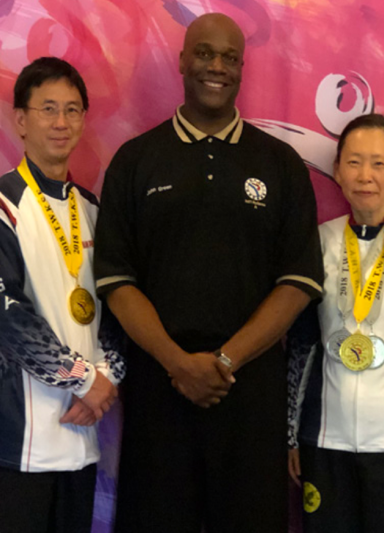
The School has Transformed my Life.
The school has transformed my life and made me a better man body and soul. It's really special to witness the transformation of the the youth at the school as well. The staff at the school really care about the students and each other. This is all so vital to our youth for they are the future of things to come.
Bruce Seward
Logistics Specialist
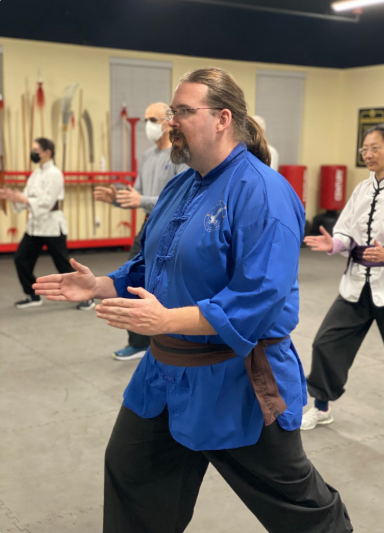
USKSA is not just a Chinese martial arts school, it’s a lifestyle
How lucky it was, that we stopped by USKSA. Instantly it becomes an irreplaceable part of life. And not just for my daughter, mine as well, since I became a student too. USKSA is not just a Chinese martial arts school, it is a lifestyle. It is a family. The school changed my life I can proudly say: I am a better person now, stronger (mentally and physically), even happier than I've been before I joined the USKSA. There is not enough good words to say. Thank you.
Alex Reznikov
Engineer at Alleviation Institute, LLC
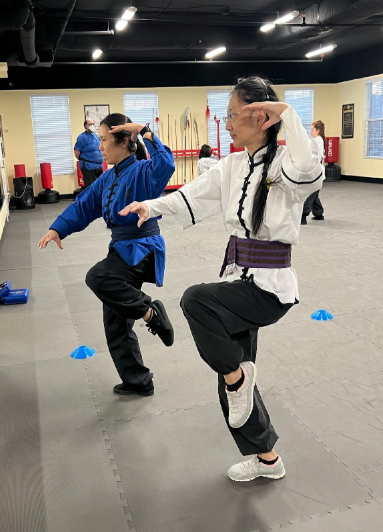
I am learning how to be a Better Person
I am proud to study at US Kuo Shu Academy for Three Main Reasons. The instructors provide superior quality teaching and have in-depth knowledge of martial arts principles The genuine passion for teaching authentic martial arts, The sincere attitude that permeates every class that I am not just learning how to be a better martial artist, I am learning how to be a better person.
Steve Smith
Owner of Mindful Healing Acupuncture
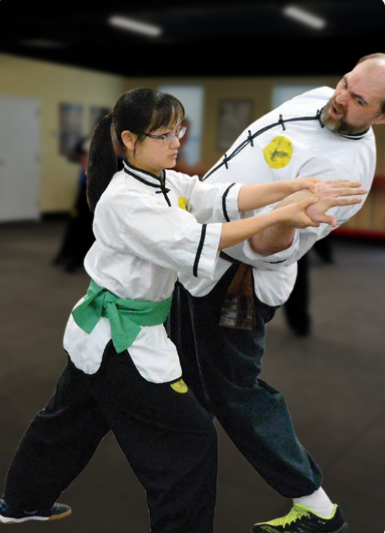
Made me healthier physically and mentally and more focused & organized at work
It has helped me keep my sanity! Made me healthier physically and mentally and more focused and organized at work. I am a better person, writer, and mother because of my experiences at USKSA. And it's been the "village" that has helped my sons learn about values and character and hard work. If you want to change your life for the better, if you want to give your children tools...then this is the place.
Xylia Hall
Accountant at CareFirst
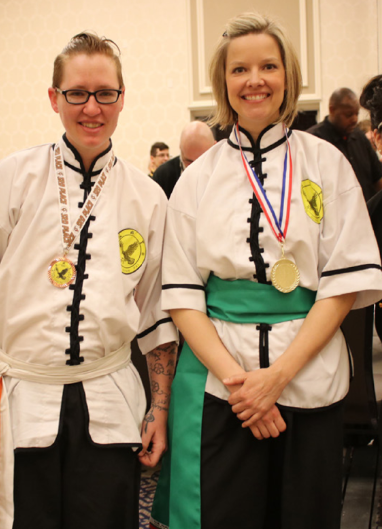
Nothing Short of Amazing
The US Kuo Shu Academy is an amazing, traditional martial arts school with stellar instructors and an incredibly well-developed curriculum. My experience there - both at Owings Mills and in Marriottsville - has been nothing short of amazing. The Tai Chi program provides an incredibly layered experience that combines both the meditative/health aspects of Tai Chi, along with the martial aspects of the form. They truly care about their students, and provide expertise and support in an environment that is both caring and rigorous. Whether your interest in Tai Chi or Kung Fu, meditation or martial practice, this is the place to be.
Margaret Boas
Professor at Anne Arundel Community College
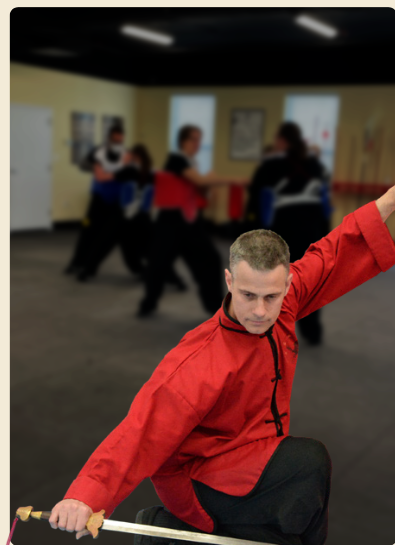
I’ve gained a sense of self-confidence I had never realized
My association with this system began 7 years ago. My only goal at the time was to have a form of exercise in my life that didn't bore me. I was very overweight and was in desperate needs of getting in shape. In addition to helping me lose over 100 lbs, I've gained a sense of self-confidence I had never realized was missing from my life. I've made friendships that will last the rest of my life. I've been mentored by some amazing people, and I've had the great honor to mentor some amazing people.
Jeramy Hansen
Scientist at Johns Hopkins University Applied Physics Laboratory
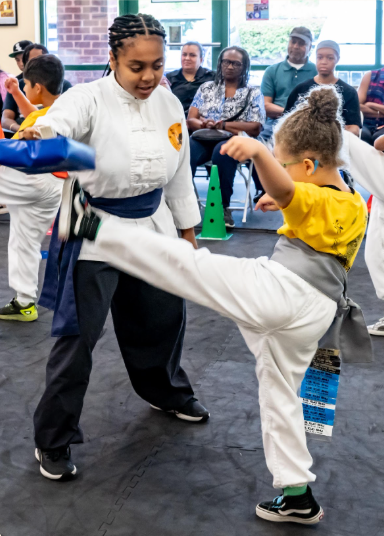
I’ve gained a sense of self-confidence I had never realized
My association with this system began 7 years ago. My only goal at the time was to have a form of exercise in my life that didn't bore me. I was very overweight and was in desperate needs of getting in shape. In addition to helping me lose over 100 lbs, I've gained a sense of self-confidence I had never realized was missing from my life. I've made friendships that will last the rest of my life. I've been mentored by some amazing people, and I've had the great honor to mentor some amazing people. Joining US Kuo Shu Academy was one of the best decisions I've ever made.
Jeramy Hansen
Scientist at Johns Hopkins University Applied Physics Laboratory
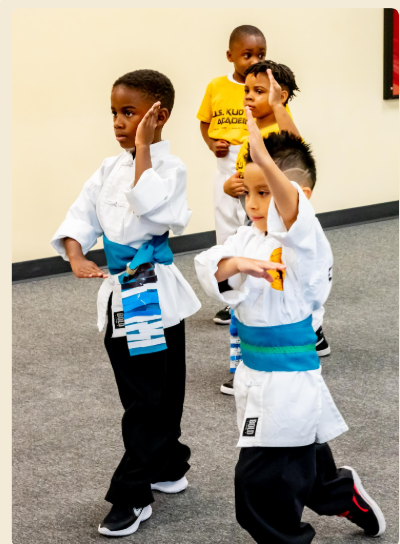
Nothing Short of Amazing
The US Kuo Shu Academy is an amazing, traditional martial arts school with stellar instructors and an incredibly well-developed curriculum. My experience there - both at Owings Mills and in Marriottsville - has been nothing short of amazing. The Tai Chi program provides an incredibly layered experience that combines both the meditative/health aspects of Tai Chi, along with the martial aspects of the form. They truly care about their students, and provide expertise and support in an environment that is both caring and rigorous. Whether your interest in Tai Chi or Kung Fu, meditation or martial practice, this is the place to be.
Margaret Boas
Professor at Anne Arundel Community College
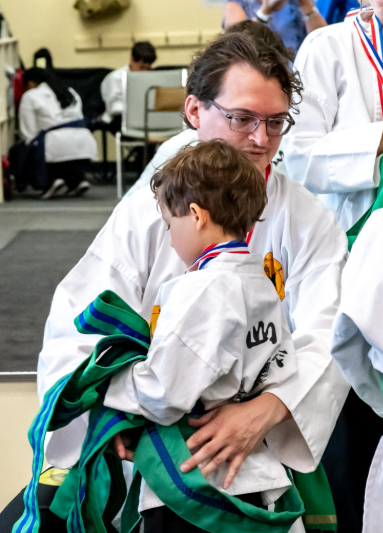
I am learning how to be a Better Person
I am proud to study at US Kuo Shu Academy for Three Main Reasons. The instructors provide superior quality teaching and have in-depth knowledge of martial arts principles The genuine passion for teaching authentic martial arts, The sincere attitude that permeates every class that I am not just learning how to be a better martial artist, I am learning how to be a better person.
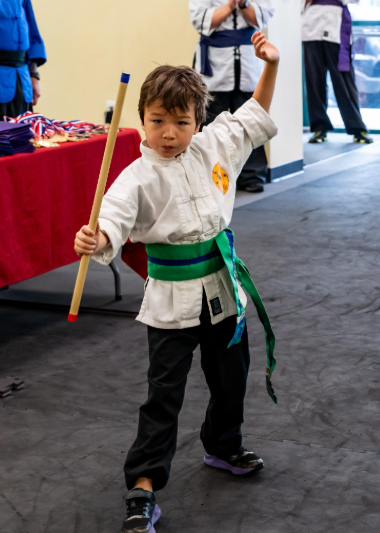
USKSA is not just a Chinese martial arts school, it’s a lifestyle
How lucky it was, that we stopped by USKSA. Instantly it becomes an irreplaceable part of life. And not just for my daughter, mine as well, since I became a student too. USKSA is not just a Chinese martial arts school, it is a lifestyle. It is a family. The school changed my life I can proudly say: I am a better person now, stronger (mentally and physically), even happier than I've been before I joined the USKSA. There is not enough good words to say. Thank you.
Alex Reznikov
Engineer at Alleviation Institute, LLC
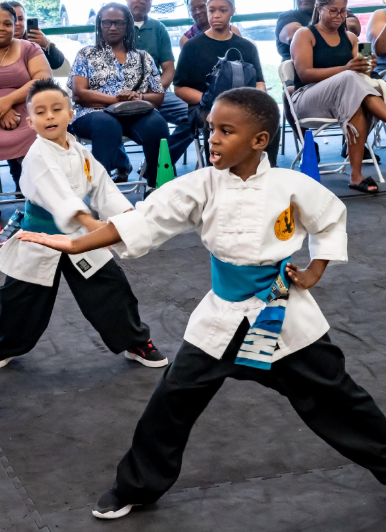
The School has Transformed my Life
The school has transformed my life and made me a better man body and soul. It's really special to witness the transformation of the the youth at the school as well. The staff at the school really care about the students and each other. This is all so vital to our youth for they are the future of things to come.
Bruce Seward
Logistics Specialist
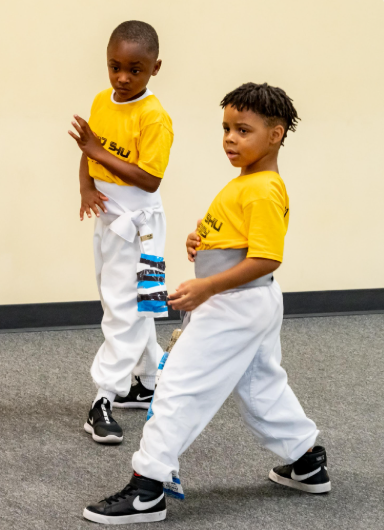
One of the Finest Chinese Martial Arts Schools in the Country
Some of the best competitors and teachers that I've ever met come from this fine school. It has a tradition of excellence in all they do. Grandmaster Huang, Chien-Liang and the US Kuo Shu Academy build champions with integrity.
Nelson Ferriera
Master Instructor for Zhong Yi Kung Fu Association
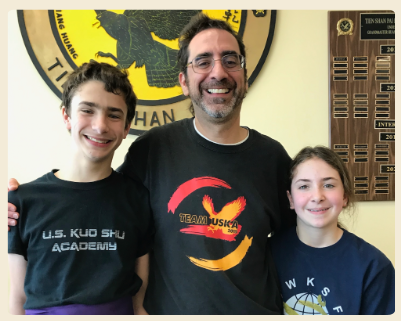
The Best School of Martial Arts
My children have been students for more than 4 years now and they love this school of martial arts. US Kuo Shu Academy is their second home, learning not just Kung Fu but also developing one’s character as a good, responsible, respectful and disciplined citizen. Thank you very much Grandmaster Huang. Master Michael Hung and all the teachers and students for making this place the best school of martial arts.
Irvin Lee
Parent of two at USKSA
Martial Arts for Children & Adults
SIGN UP FOR FREE LESSON
No Experience Necessary